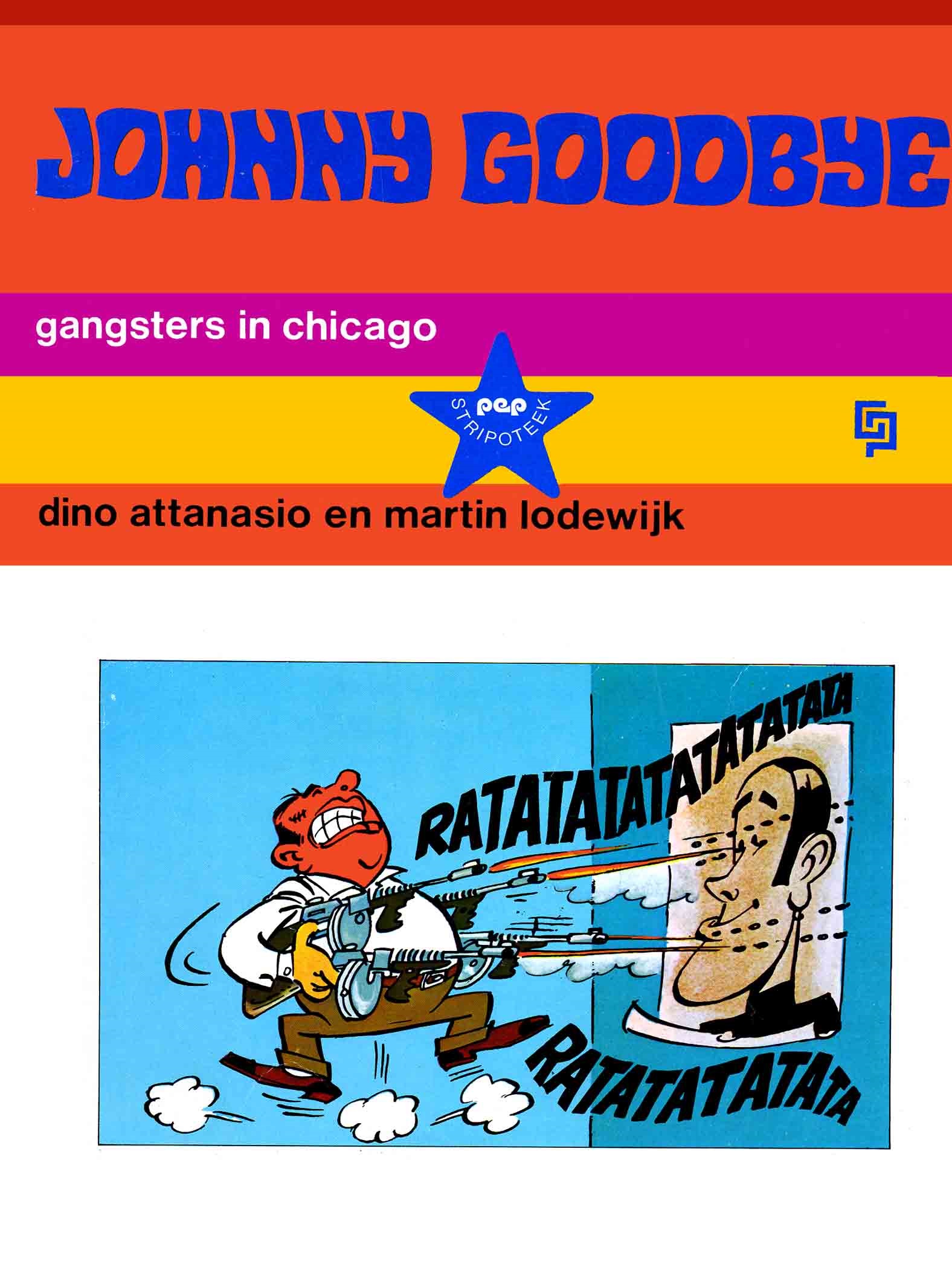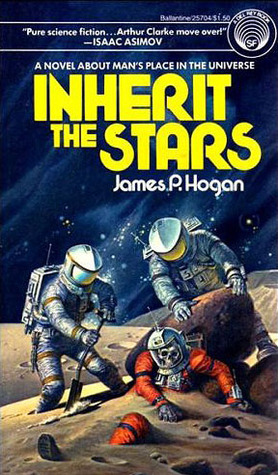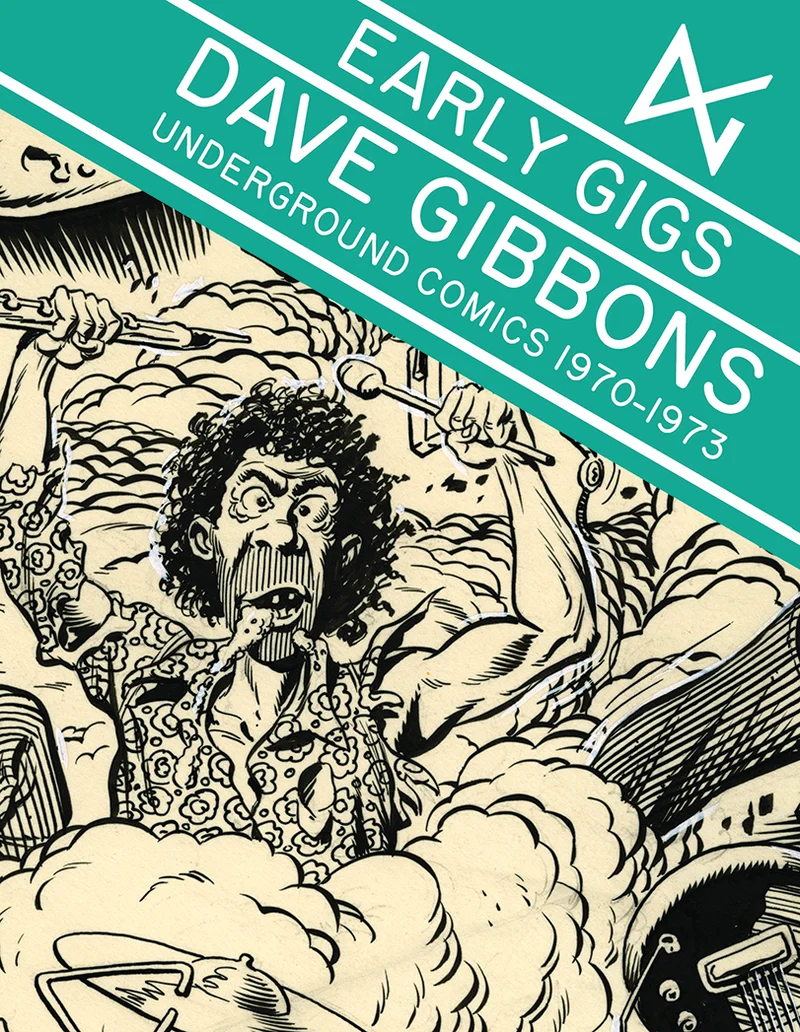Today one of the last living legends of the Golden Age of Franco-Belgian comics, the Italian Dino Attanasio turned 100. To celebrate, let’s take a look at what was his most popular series here in the Netherlands: Johnny Goodbye.

Chicago in the roaring 1920s. Prohibition is law but widely flaunted in this lawless city ruled by gangsters like the notorious Al Capone. The mayor, judged and the entire police force are corrupt and turning a blind eye to the wave of crime swamping the poor city. The whole police force? No, there are still two honest coppers, two decent men fed up with crime: Johnny Goodbye and his best friend, Howdy Duizendpond. They decide to quit the police force to become private dicks, but not before they arrest Capone for illegal parking and sent him to Sing-Sing. Cue forty pages of Al Capone trying to avenge himself on the pair and failing miserably.
Johnny Goodbye is a classic bignosed comedic adventure series, with the action in this story very much driven by Capone’s increasingly desparate attempts to murder Goodbye and his friend. It’s written by Martin Lodewijk, one of the Netherlands most prolific and well loved comics writer/editors. The series started because Attanasio wanted to do something with gangsters and told this to the editorial staff at Pep magazine, which was already publishing his earlier series Spaghetti and Modeste et Pompon (Ton en Tinneke in Dutch), which he had taken over from André Franquin. Martin Lodewijk was asked to provided the scenarios and he would write the first five stories, before Patty Klein and others took over. The series would run from 1969, first in Pep, then in its successor Eppo from 1975 to 1992.

What makes the series in particular and Attanasio in general so great is that he’s a bit of a stylistic chameleon, as is on display in the panel above. Goodbye and co are all done in that traditional Belgian bignosed style, while the Untouchables showing up at right are clearly modelled after the actors from the then current television series. And while Attanasio largely stuck to humour series or comedic adventure series, he also was the first artist on Bob Morane one of the pioneering Belgian straight adventure series.
As a story Gangsters in Chicago clearly shows it was originally serialised in four page weekly installments. Once Capone is released from prison there’s no real overarching plot, just one attempt after another on Goodbye’s life, followed by Goodbye and Duizendpond investigating Capone’s criminal enterprises, by tagging along with one his crews demolishing one speakeasy after another. None of this matters because it’s all such great fun. Caricatures and stereotypes abound, Goodbye is clever and a bit dull, Duizendpond is your typical strong but dim sidekick and there’s a Black shoeshine boy called Washington that actually manages to save Goodbye from sleeping with the fishes at one point. Note that while Washington isn’t quite as bad as say the Spirit’s Ebony and speaks in proper Dutch, he does have caricatural thick red lips; European comics of that era weren’t shy of that sort of racist stereotype I’m afraid…


